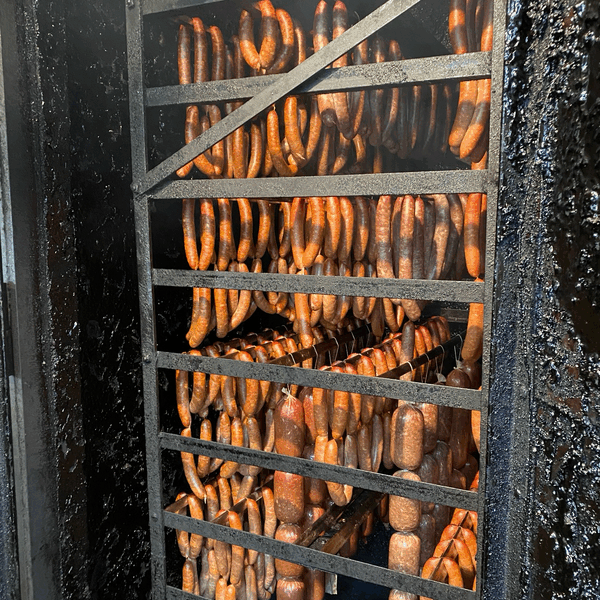Sausage production has evolved significantly over the centuries, transitioning from traditional methods that utilized animal intestines to modern innovations employing plant-based materials. This shift reflects both advancements in technology and changing consumer preferences, highlighting the diverse options available for casing sausages today.
Traditional vs. Modern Casings
Historically, sausage makers have relied on animal intestines for their natural casings. These intestines, which vary in size depending on the animal, have been utilized to ensure that no part of the kill goes to waste. According to Gary Sullivan, a meat scientist at the University of Nebraska-Lincoln, “We had these natural tubes” that provided an effective way to encase the meat. For instance, sheep intestines yield sausages that are approximately the size of a finger, while cow intestines are significantly larger, akin to the size of a half-dollar.
Despite their traditional appeal, natural casings come with drawbacks. Elias Cairo, head salumist and co-owner of Olympia Provisions, notes that these casings can be “two to three times more expensive” than their synthetic counterparts and are often more delicate, making them challenging to work with.
Innovations in Sausage Making
In recent years, innovative sausage makers have begun exploring alternatives such as alginate, a compound derived from brown seaweed. This method involves applying alginate gel to the surface of the sausage as it is extruded. When exposed to a calcium solution, alginate undergoes a chemical reaction that creates a tough, clear skin around the sausage. Nicole Sorensen, president of Hill Meat Company in Pendleton, Oregon, emphasizes the benefits of this technique, stating, “It’s a seamless process.” Her company switched to alginate-based casings about seven years ago, a decision that has proven advantageous for both production and consumer appeal.
The alginate casings are visually appealing, showcasing the meat inside without the chewiness typically associated with natural casings. Sorensen observed that “customers don’t miss the chewiness,” highlighting the success of this modern approach in meeting consumer preferences.
Another alternative is cellulose, created from the starchy parts of materials like wood and straw. While inedible, cellulose casings are primarily used for shaping and cooking sausages, with the casings removed during production. Marcia Walker, a food scientist and director of Oregon State University’s Food Innovation Center, explains that cellulose casings can be infused with flavors, making them inherently vegetarian.
Walker previously worked with Tofurky, a company specializing in plant-based meat substitutes, where her team developed a method to embed flavors into cellulose casings. This innovation allowed them to eliminate the traditional smoking process, further enhancing the appeal of plant-based sausages.
Despite these advancements, natural casings remain popular among consumers. Many people still favor the characteristic snap associated with sausages made from sheep intestines, which are often considered a mark of quality. Wesley Osburn, a meat scientist at Texas A&M University, affirms that “you get that characteristic snap” that sausage enthusiasts appreciate.
As the sausage industry continues to evolve, the interplay between tradition and innovation highlights the diverse methods available for producing this beloved food. Whether utilizing natural or alternative casings, the focus remains on delivering quality and flavor to meet consumer expectations.







